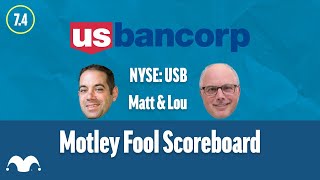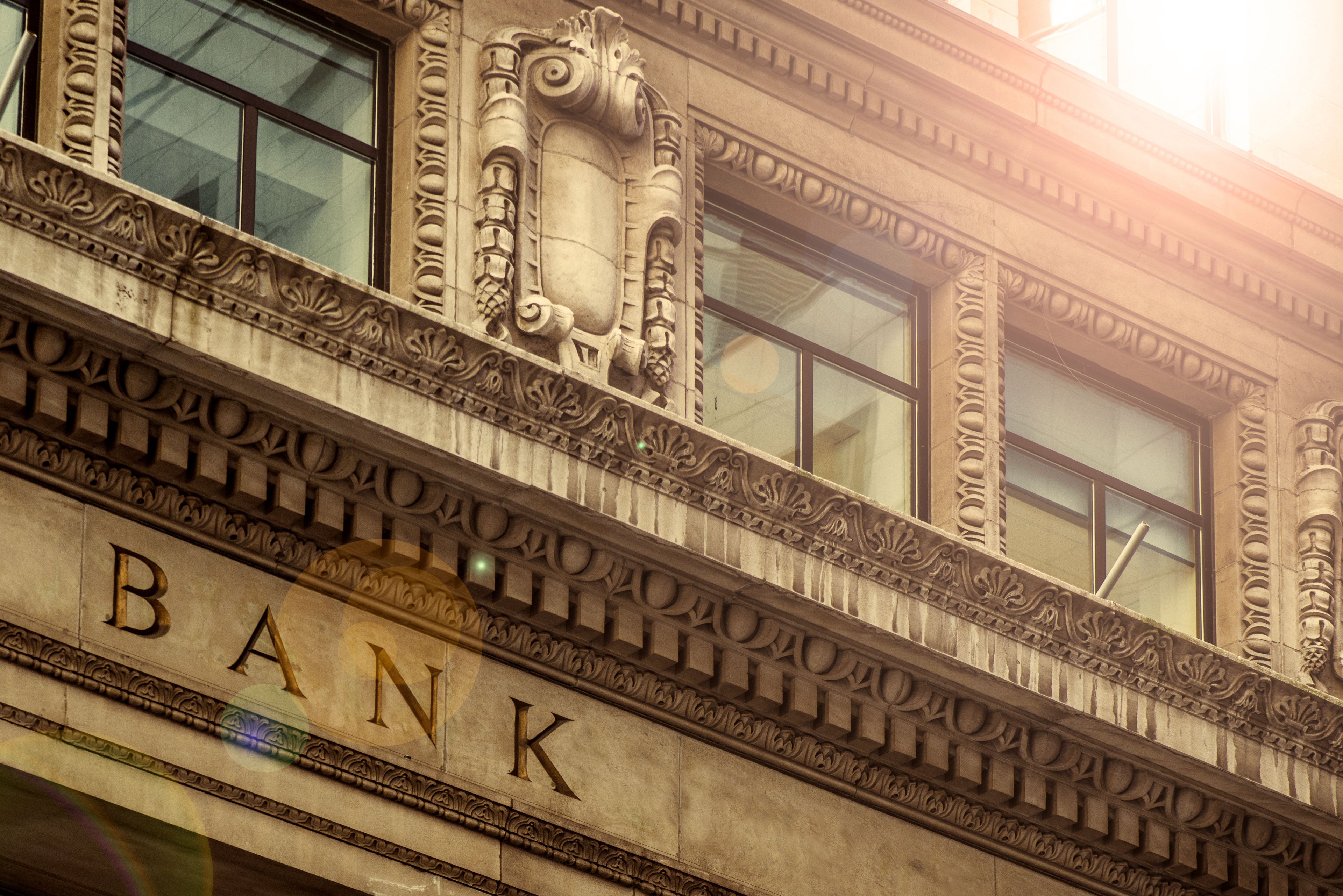U.S. Bancorp's (USB 0.80%) net earnings fell by double digits in the fourth quarter of 2019 as lower interest rates squeezed the bank's interest margin. Investors exhibited their pique by sending shares down roughly 3% in Wednesday's trading session following the company's earnings release. As a result, U.S. Bancorp stock is now down 7% just two weeks into the new year. Below, we'll briefly review the quarter and discuss why these shares have quickly become more attractive to dividend investors. Note that all comparative numbers that follow are presented against those of the prior-year quarter.
U.S. Bancorp: The headline numbers
| Metric | Q4 2019 | Q4 2018 | Change |
|---|---|---|---|
| Revenue | $5.67 billion | $5.83 billion | (2.7%) |
| Net income | $1.41 billion | $1.78 billion | (20.8%) |
| Diluted earnings per share | $0.90 | $1.10 | (18.2%) |
Data source: U.S. Bancorp.
Key details from U.S. Bancorp's report
- The company attributed its revenue decline, and specifically lower net interest income, to changes in the yield curve and the company's deposit and funding mix. Successive interest rate cuts by the Federal Reserve last year have pressured bank earnings in general, flattening the margin banks can earn on borrowed money.
- Net interest margin (NIM) of 2.92% fell 23 basis points against the prior-year quarter.
- After adjusting for special items in both the current and comparable quarters, non-GAAP earnings per share (EPS) of $1.08 represented a decrease of 4.4% against Q4 2018; this was a better result versus the reported drop of roughly 18% as seen in the table above.
- Due to its lower net income, U.S. Bancorp's return on tangible common equity (ROTCE) dropped 500 basis points to 15.2%.
- Average total loans increased by 3.9% to $295 billion, while average total deposits expanded by 6.6% to $356.5 billion.
- Asset quality remained stable as the bank's net charge-off ratio crept up by just 3 basis points to 0.52%.

Image source: Getty Images.
Why the earnings stumble is good news for dividend investors
As bank earnings are getting crimped by a declining-interest-rate environment, the largest bank stocks, like U.S. Bancorp with its $86 billion market capitalization, might find it hard to outrun the overall market. Indeed, U.S. Bancorp simply kept pace with the broader market last year, returning 29.75% against a nearly 29% rise in the S&P 500 index.
Modestly failing to meet investor expectations at earnings time somewhat exacerbates matters. As I noted above, factoring in Wednesday's share price drop, the "USB" symbol has now dipped 7% year to date. Yet beneficially, this has pushed the bank's dividend yield from 2.65% to nearly 2.9%. The current yield of nearly 3% is quite attractive, as investors can receive appreciable income from this extremely stable stock (its beta coefficient is a relatively tame 1.2) that operates within a typically safe industry.
While its declining NIM is a concern, at least until the current environment flips and interest rates begin to rise, U.S. Bancorp has wide capacity to continue its generous dividend payouts, as demonstrated by its low dividend payout ratio of 28%.
Investors who can buy U.S. Bancorp at present and hold for an extended period can take advantage of investor skepticism and lock in this advantageous return on investment; the company's dividend yield has tended to fluctuate between 2% and 2.5% for most of the past five years. As earnings rebound, U.S. Bancorp's dividend yield is sure to normalize.
In addition, income investors with a long investment horizon are likely to see an improving yield on their original investment (i.e., yield on cost). In 2019, U.S. Bancorp raised its quarterly dividend by 13.5% following a 23% increase in 2018. Despite this week's slight earnings disappointment, the bank is currently generating ample cash flow, enabling it to match either of these payout hikes this September, when U.S. Bancorp's board traditionally adjusts its quarterly dividend payment. If recent history holds, income-oriented investors who take a position in U.S. Bancorp will see their yield on cost rise later this year.






